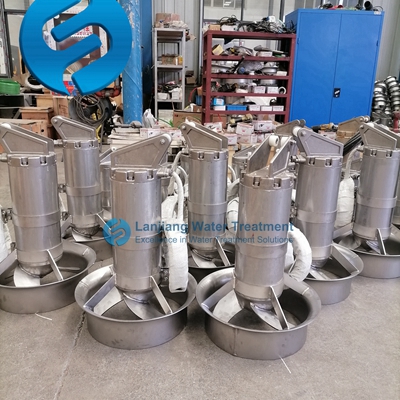There are a wide variety of commonly used sewage treatment equipment, which can be roughly divided into the following categories according to the different treatment processes and application scenarios:
First, mechanical processing equipment
Mechanical treatment equipment mainly through physical means, such as precipitation, filtration, separation, etc., to remove suspended matter and impurities in sewage. Common mechanical processing equipment includes:
Grid decontamination machine: used to intercept large suspended and floating objects in sewage to prevent them from entering the subsequent treatment unit and causing blockage.
Sedimentation tank: a structure used to remove suspended solids from water by sedimentation, divided into horizontal flow, vertical flow and radial flow and other types.
Filter: Installed on the pipeline, used to remove suspended solids and impurities in the water, common quartz sand filter, manganese sand filter, multi-media filter and MBR filter.

Second, biochemical treatment equipment
Biochemical treatment equipment uses the metabolic action of microorganisms to transform organic matter in sewage into harmless substances, so as to achieve the purpose of purifying water quality. Common biochemical treatment equipment includes:
Activated sludge reactors: provide a place for microbial growth and metabolism to degrade organic matter through aerobic or anaerobic processes.
Biofilm reactors: such as biological filters, biological turntables, etc., use biological membranes attached to the surface of the carrier to remove organic matter in sewage.
Aerator: provides sufficient oxygen for aerobic biological treatment, promotes the growth of microorganisms and the degradation of organic matter.
Third, chemical treatment equipment
Chemical treatment equipment removes harmful substances in sewage through chemical reactions, such as oxidation, reduction, precipitation, etc. Common chemical processing equipment includes:
Oxidation tank: The use of oxidants to transform harmful substances in sewage into harmless or low-toxic substances.
Electrolytic cell: removing harmful substances such as heavy metal ions in sewage through electrolysis.
Neutralization tank: Adjust the pH value of sewage to meet the requirements of discharge standards or subsequent treatment.
Fourth, deep processing equipment
Advanced treatment equipment performs further treatment of mechanically, biochemical or chemically treated sewage to achieve higher water quality targets. Common advanced processing equipment includes:
Activated carbon adsorber: The adsorption of activated carbon is used to remove organic matter and residual chlorine in sewage.
Disinfection equipment: such as ultraviolet sterilizer, chlorination equipment, etc., to disinfect the treated sewage, killing bacteria, viruses and other microorganisms.
Fifth, sludge treatment equipment
Sludge treatment equipment is used to treat the sludge generated in the sewage treatment process to prevent its secondary pollution to the environment. Common sludge treatment equipment includes:
Sludge thickener: Reduce sludge volume and facilitate subsequent treatment.
Sludge dewatering machine: the moisture in the sludge is removed by mechanical action to form a mud cake with low water content.
Sludge drying equipment: to further reduce the moisture content of the sludge, so that it can achieve the purpose of harmless, reduced and resource-based.
Sixth, other auxiliary equipment
In addition to the above main equipment, the sewage treatment system also needs some auxiliary equipment to ensure the normal operation of the whole system, such as various sewage pumps, sludge pumps, metering pumps, screw pumps, air compressors, Roots blowers, electric hods, bridge cranes and various electric valves, hoist and check valves.
In summary, there are a wide variety of commonly used sewage treatment equipment, and each equipment has its specific role and application scenario. In practical applications, it is necessary to select and configure according to factors such as the nature of sewage, treatment requirements and treatment scale.
Post time:2024-07-18